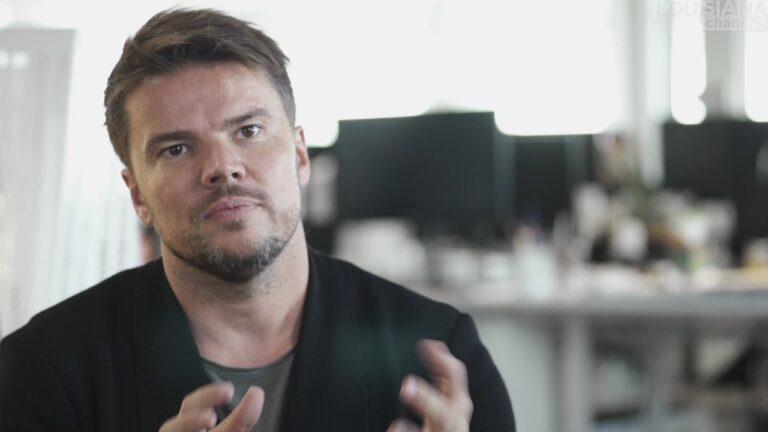
“The one thing all humans share is that we all inhabit the same limited amount of real estate, which is planet earth.” Celebrated Danish architect Bjarke Ingels discusses an ultra local approach to architecture in a global world.
The beauty of the human project has always been its adaptability, the result of which is a highly differentiated catalogue of possible ways of living: “Each city becomes a very specific experiment in how to inhabit this particular part of the planet for this particular group of people,” Ingels says, proposing that we use this “catalogue of global best practice” as inspiration for building better, more sustainable architecture and cities. While modernist architecture tried to create one style of building to fit all humans, today’s architecture can help us learn from each other and adapt solutions from one environment to another – such as the Copenhagen bike paths that were exported to Australia.
Ingels also discusses the Anthropocene, the current geological era in which humans are the main actors on the environment, causing massive ecological and social change. “Once you’ve accepted that there is no way we can be here without having a very significant influence on our planet we just have to take it as a positive,” says Bjarke Ingels and proposes to “design our world so that we have positive social and environmental side effects.”
Bjarke Ingels (b. 1974) is a renowned Danish architect and founding partner of BIG – Bjarke Ingels Group – located in Copenhagen and New York. In 2013 BIG was chosen to redesign the Smithsonian, the world’s largest museum and research complex in Washington, a project which will be implemented over a period of 20 years. His projects include The Mountain, a residential complex in Copenhagen, and the innovative Danish Maritime Museum in Elsinore. In 2004 he received the Golden Lion at the Venice Biennale and the Danish Crown Prince’s Culture Prize in 2011. Moreover, BIG received Architizer’s Firm of the Year Award in 2014.
Bjarke Ingels was interviewed by Marc-Christoph Wagner in New York in October 2016.
Camera: Rasmus Quistgaard
Edited by: Klaus Elmer
Produced by: Marc-Christoph Wagner
Copyright: Louisiana Channel, Louisiana Museum of Modern Art, 2016
Supported by Nordea-fonden
FOLLOW US HERE!
Website: http://channel.louisiana.dk
Facebook: https://www.facebook.com/LouisianaChannel
Instagram: http://www.instagram.com/louisianachannel
Twitter: http://www.twitter.com/LouisianaChann
source